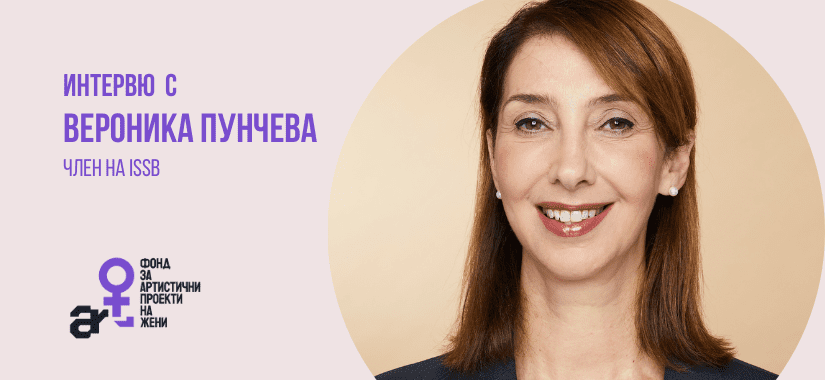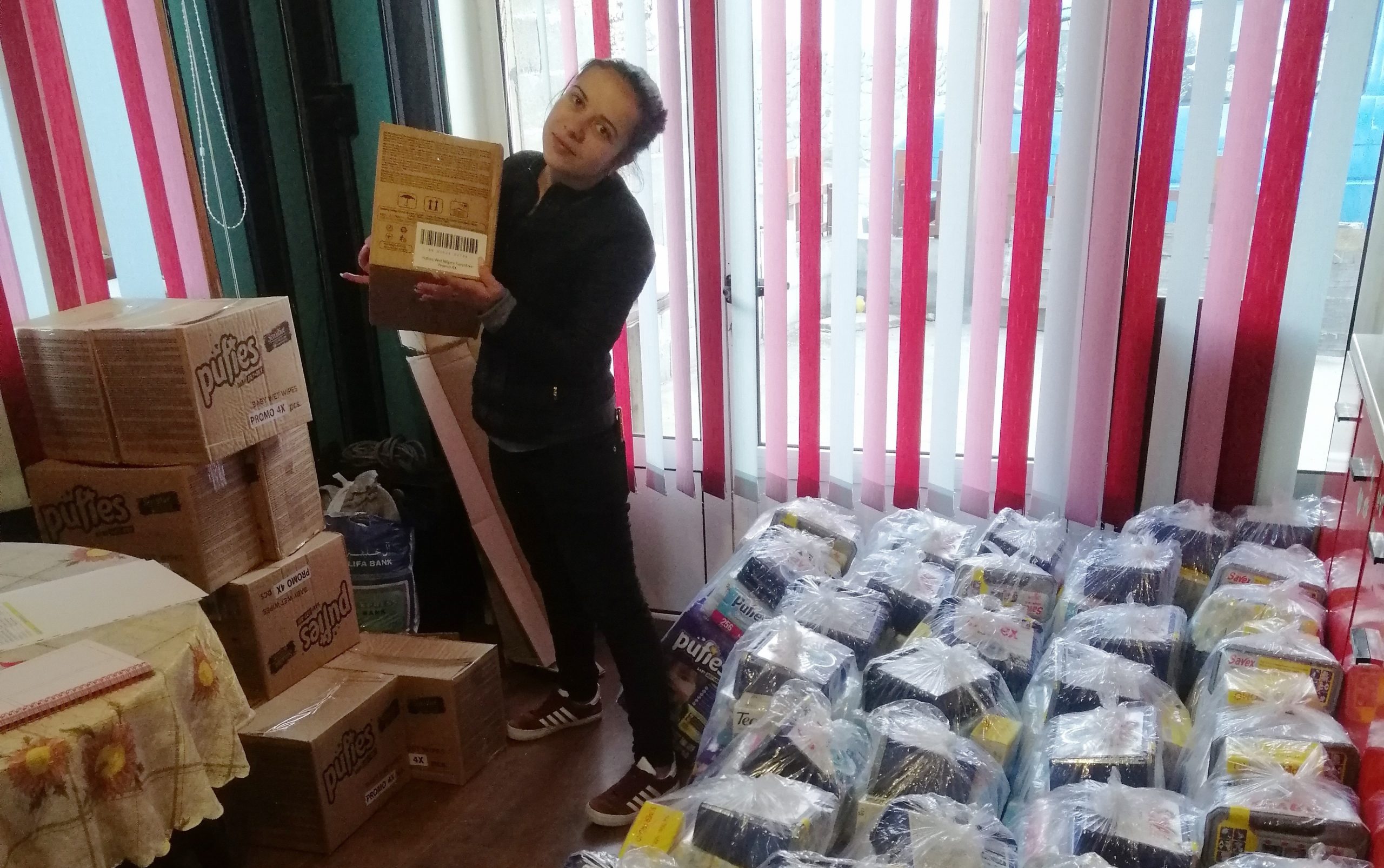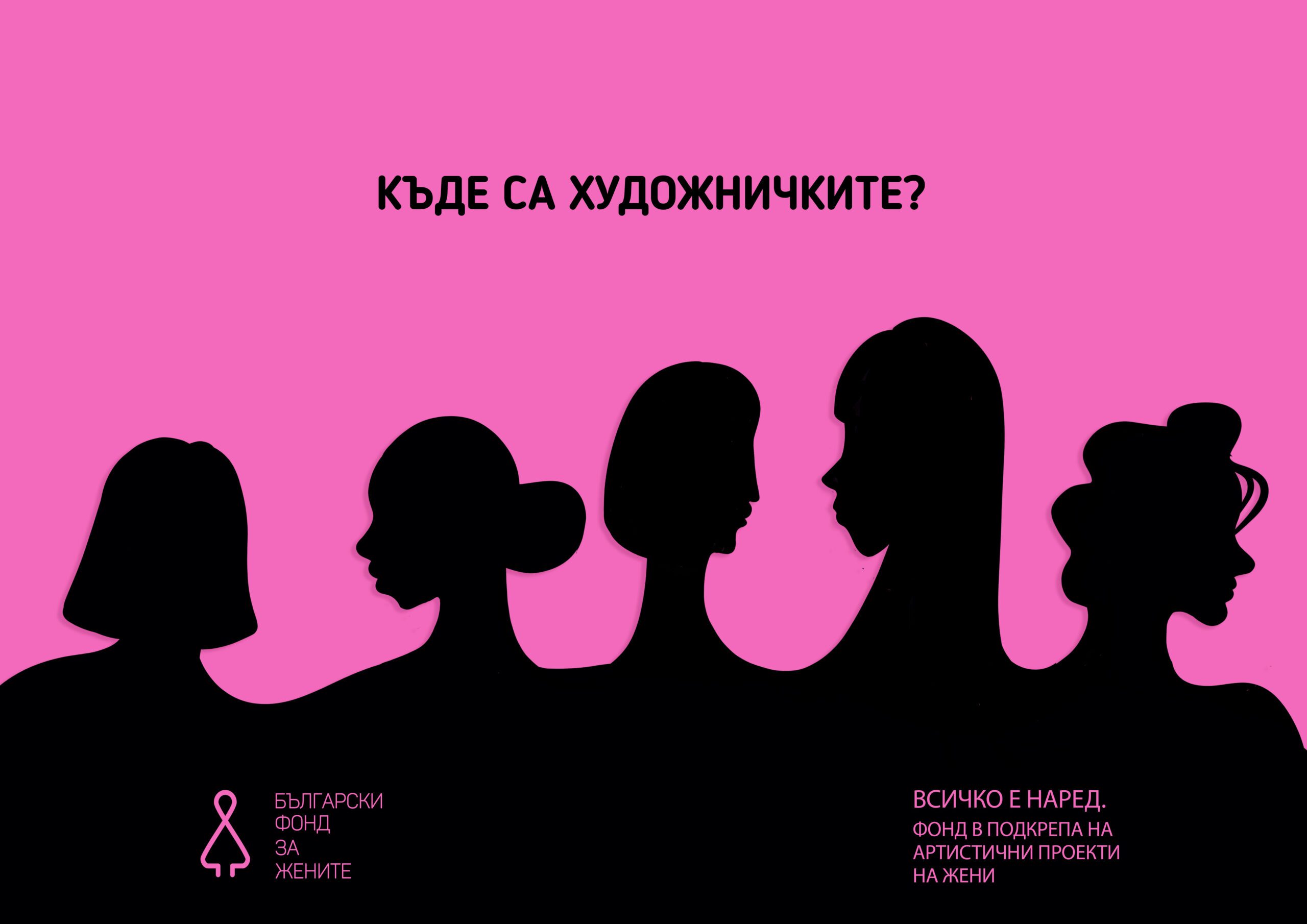In recent months a debate on the topic of “For and Against abortion in Bulgaria” has started running in Bulgarian media. It was unlocked by political figures, who tend to bind the frequency of abortions to the trend of negative population growth in Bulgaria. The purpose of this text is to clarify that a statutory prohibition on ad lib termination of pregnancy (by week twelve at the latest according to the current legal framework) will not be a solution to the demographic deficit as well as showing that the way to prevention of this procedure is not to be found in a statutory prohibition, but rather in the study of the factors that precede it.
In Bulgaria, according to the National Center of Public Healthdata, more than 20,000 women per year terminate their pregnancy prematurely. This means that many different women go through this unpleasant procedure – whether it is voluntarily or due to medical reasons. Even more alarming is the fact that there is no thorough research and statistics on why and under what conditions women choose to have an abortion. Certainly, not everything is so easily explained by the general argument that Bulgaria offers a poor social environment for raising children, because, nevertheless, thousands of families raise children in our country. There are also more specific factors – low income and standard of living; unwillingness to raise a child (or several children if there is already a child in the household); problems related to labor market participation; absence of a partner; pregnancy by an inappropriate partner; rape; medical reasons and so on.
Without truly looking into the scale of these factors that play a big role in the decision-making process, we as a society cannot know whether adolescents receive adequate sex education, whether women have the confidence and power to say NO when they feel uncomfortable and do not want to be involved in certain actions, and whether family planning policies, which swallow thousands of leva from the state treasury, are being used adequately and effectively. And more importantly, to what extent is the partner’s behavior crucial to the choice that a pregnant woman makes.
Banning abortions will not solve these issues, on the contrary, it will deepen the mystery surrounding them because it will turn the topic into a taboo. The legal ban will not eliminate the practice, which is by no means a product of our time, but will simply make it more life-threatening, irresponsible and secret – let us remind ourselves of the fateful death of young Katerina from Dimitar Talev’s novel The Iron Candlestick, who gets involved in a non-medical abortion that costs her life. Furthermore, banning abortion will not educate young people on how to approach themselves with care and respect, nor will it teach them family planning and how to be responsible parents.
However, one of the ways we can address the above questions is not to turn a blind eye to the numbers and try to find, in a humanitarian, respectful and academic way, similarities between individual cases. This means not being indifferent, not being afraid and ashamed to speak up and try to establish a wider dialogue between women going through this unpleasant procedure, so that a concept for adequate prevention can be achieved, because abortion can nonetheless have negative consequences that threaten the health and reproductive capacity of the woman and it would be well to avoid this practice. Let’s have a dialogue instead of bans.
Author: Eva Dimitrova
Eva is a Bachelor of Science and currently pursuing a Master of Science degree in Social Sciences at Humboldt University in Berlin; with two years of experience as a research assistant at the Department of Sociology at the University of Bielefeld (Germany).
Photo: Apnews.com
***
This text expresses the personal opinion of its author and does not necessarily represent the position of the Bulgarian Fund for Women. BFW is not to be held responsible for its contents, nor in a case of misappropriation or plagiarism. The text was published with minimal editorial intervention.



































